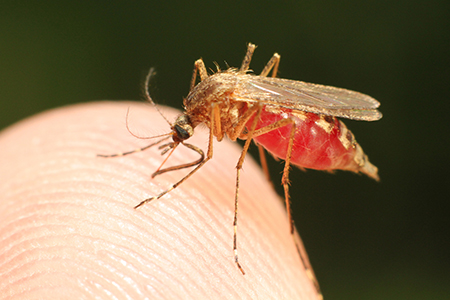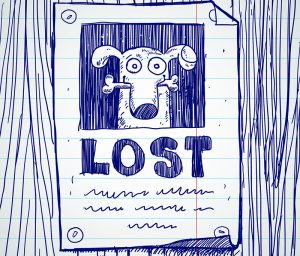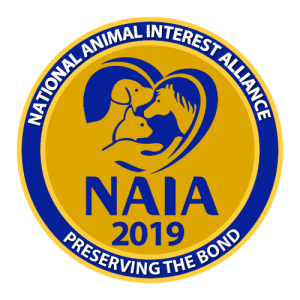 Animal Policy
Animal Policy  No Comments
No Comments That Bites! Locally Acquired Cases of Malaria in Texas and Florida.
Following the success of numerous programs aimed at reducing the spread of malaria in the United States, the National Malaria Eradication Program was launched in 1947. And this program really lived up to its name. It did so well, in fact, that malaria was essentially eliminated in the United States by 1951. This is a remarkable achievement: just consider that only 18 years prior to its elimination, this debilitating, sometimes fatal infection affected 30 percent of the residents in the Tennessee Valley.
But the 1950s are long gone, and Texas and Florida have recently seen the first locally acquired cases of malaria since 2003. What this means is we are seeing malaria infections that weren’t picked up by people traveling through sub-Saharan Africa or South Asia, but just right outside their back doors in Texas and Florida.
So why is this happening and what does it mean?
The why part is easy, though comprised of multiple factors: warmer temperatures, more standing water, more human migration, poverty, and poorly planned (or simply unplanned) urbanization all conspire to make malaria easier for mosquitos to spread.
What it means is that we are going to have to take mosquito-proofing our lives seriously. It’s important to remember that malaria isn’t new to the U.S. – it took a lot of hard work and cooperation to eliminate it last time, but we do have regions that are, or at least can be, quite hospitable to mosquitos and the illnesses they spread. And while malaria infections get the headlines, it’s hardly the only disease carried by mosquitoes. West Nile killed 227 people in the U.S. last year, and we have diseases like dengue fever and Zika that are just chomping at the bit to be spread… if we provide them with the opportunity.
Is malaria making a comeback in the U.S.?
Resources
★ World Health Organization: Malaria
★ How Climate Change Is Spreading Malaria in Africa









